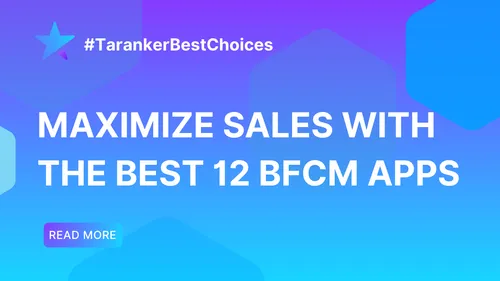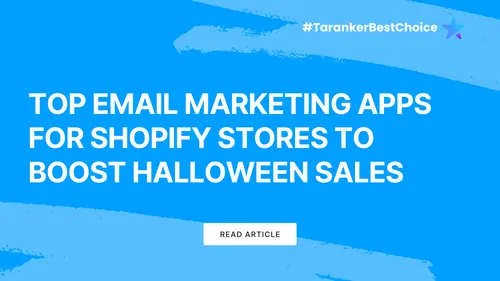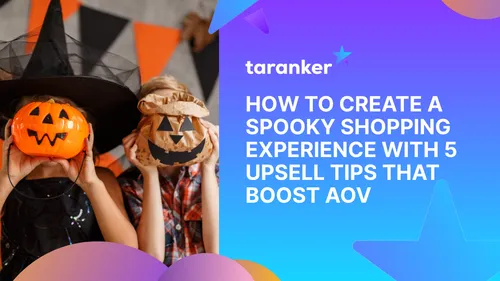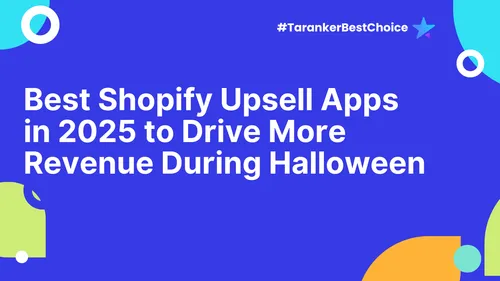Introduction
Influencer marketing has long been a staple in the digital marketing toolkit—Instagram posts, TikTok dances, and #ad hashtags have become part of the online landscape. But in 2025, the game has changed. We’ve officially entered the new era of influencer marketing, one that goes far beyond superficial sponsorships and surface-level reach.
Today’s most effective influencer strategies are rooted in authenticity, long-term collaboration, and omnichannel integration. For e-commerce brands—especially Shopify merchants—this evolution presents a huge opportunity to build trust, drive conversions, and differentiate in a crowded market.
In this comprehensive blog, we’ll explore:
✔ How influencer marketing has evolved from one-off promotions to integrated partnerships
✔ Why micro and nano influencers are outperforming celebrities
✔ New formats and channels shaping the future of influencer campaigns
✔ Strategies for Shopify stores to build sustainable influencer programs
✔ Real-world examples of next-gen influencer marketing done right
1. The Evolution of Influencer Marketing
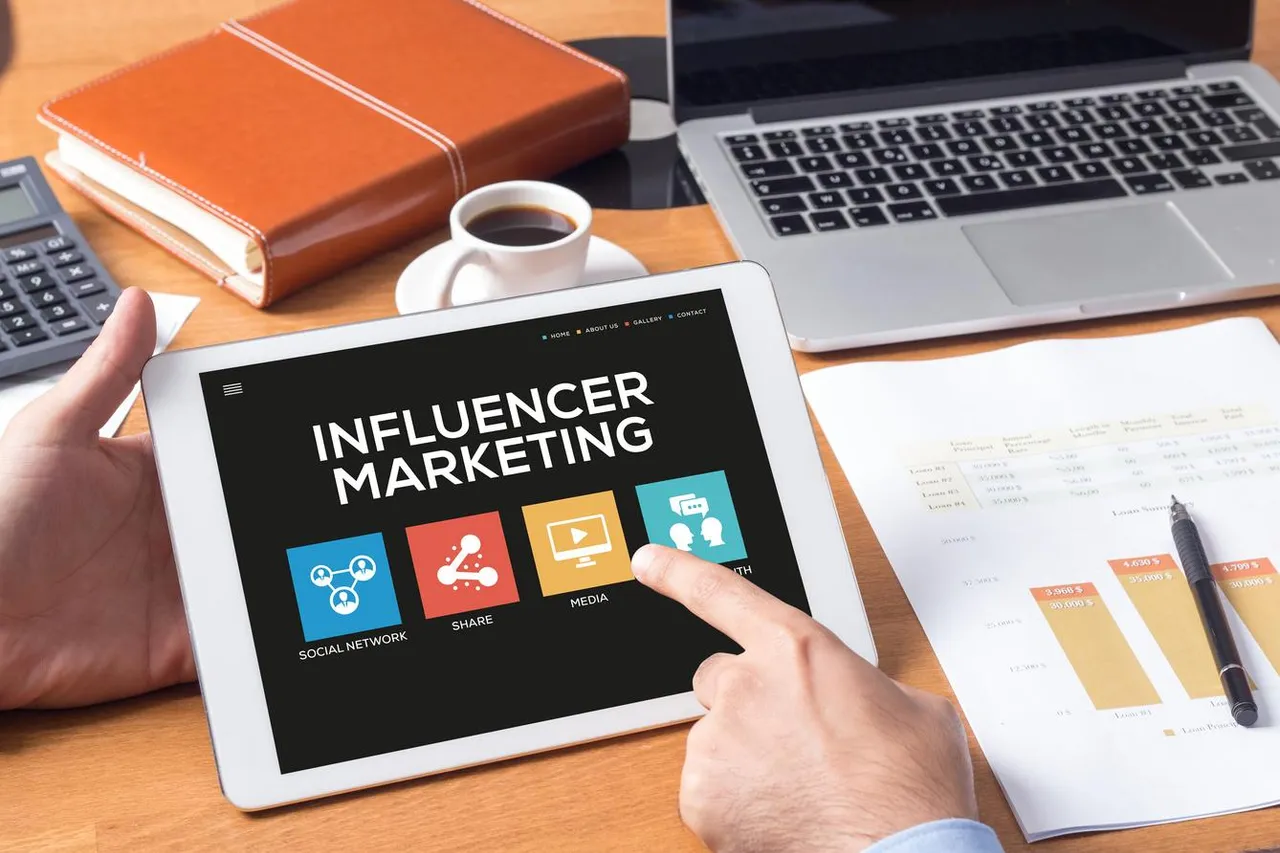
a) From Paid Posts to Authentic Partnerships
In the early days, influencer marketing was largely transactional. Brands paid influencers for exposure, hoping their followers would convert. But audiences have grown savvier. They can spot inauthentic endorsements from a mile away.
Today, brands are moving towards: ✔ Long-term ambassador programs
✔ Co-created product lines
✔ Integrated content strategies across platforms
These relationships go deeper than likes—they build community, loyalty, and consistent brand awareness.
b) The Shift from Vanity Metrics to Real Engagement
Follower counts and likes once dominated campaign decisions. Now, the focus has shifted to engagement, conversion rates, and alignment with brand values.
✔ Are followers interacting authentically?
✔ Do influencers reflect your brand ethos?
✔ Is their audience actually converting?
Smart Shopify merchants track performance using UTM parameters, affiliate codes, and influencer-specific landing pages—not just views and impressions.
2. The Rise of Micro & Nano Influencers
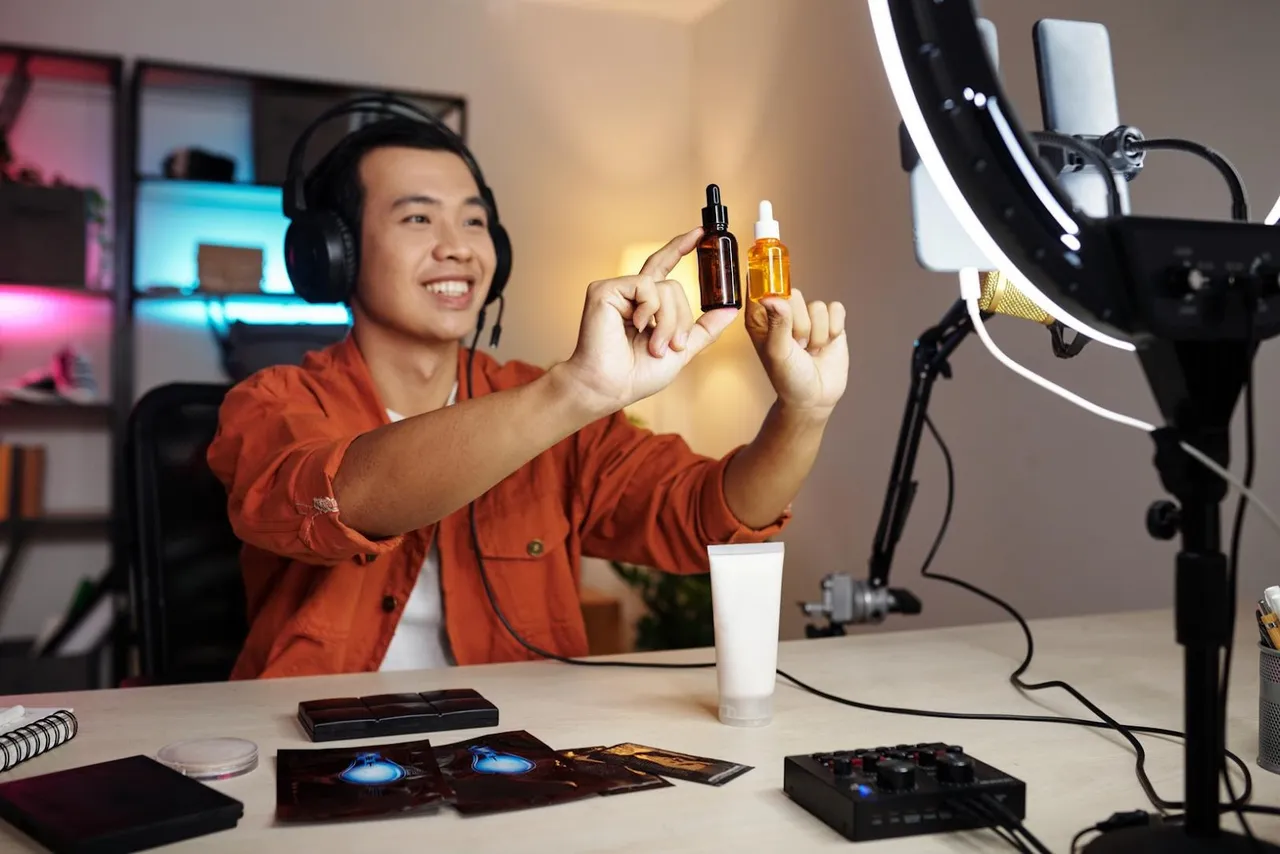
a) Smaller Audiences, Bigger Impact
Micro-influencers (10k–100k followers) and nano-influencers (<10k followers) often achieve higher engagement rates than larger creators. Their audiences trust them, see them as peers, and value their recommendations more.
✔ More affordable than macro influencers
✔ Highly targeted, niche audiences
✔ Better for storytelling and authenticity
📌 Example: A Shopify store selling eco-friendly pet products may benefit more from a passionate dog mom with 7k followers than a generic lifestyle influencer with a million.
b) Community Over Celebrity
Influencer marketing today is about building tribes, not chasing fame. Shopify merchants can partner with micro-creators to reach tight-knit communities where word-of-mouth spreads quickly and organically.
✔ Health & wellness forums
✔ Local artisans and crafters
✔ Parenting or education circles
✔ Cultural or language-specific groups
3. Beyond Instagram: New Platforms and Content Types
a) YouTube, TikTok & Short-Form Video
Short-form video is the dominant content format of 2025. Influencers on TikTok, Instagram Reels, and YouTube Shorts are driving massive reach with minimal production costs.
✔ Authentic product demos
✔ Behind-the-scenes content
✔ Trend-jacking for exposure
📌 Tip: Shopify merchants can send sample products and ask for unboxing or “before and after” transformations.
b) Podcasts and Audio Influencers
The podcast boom has introduced a new type of influencer: the audio authority. Hosts build trust through long-form conversations, ideal for thought leadership and high-ticket product promotions.
✔ Great for B2B Shopify merchants or premium brands
✔ Loyal listeners often take action based on recommendations
✔ Sponsor a podcast segment or create branded podcast content
c) Email Newsletters and Private Communities
Influencers are creating owned channels—newsletters, Discord groups, Patreon communities—where they control their relationship with followers.
✔ High trust, low noise
✔ Strong sense of belonging
✔ More intimate than public feeds
Brands can collaborate via affiliate offers, exclusive content, or event invitations inside these gated spaces.
4. Shopify-Specific Influencer Strategies

a) Launch an Affiliate Program
Use tools like Refersion, UpPromote, or LeadDyno to set up affiliate tracking for influencers.
✔ Provide unique discount codes
✔ Reward based on sales, not likes
✔ Offer performance-based bonuses
b) Create Co-Branded Products or Bundles
Work with influencers to develop exclusive product lines or limited-edition bundles.
✔ Drives urgency and FOMO
✔ Influencers feel invested in your success
✔ Perfect for product drops or seasonal campaigns
c) Feature Influencer Content On-Site
Repurpose influencer content for your Shopify store:
✔ Add testimonial videos to product pages
✔ Highlight influencers in your blog or newsletter
✔ Use UGC in ads for social proof
📌 Tool Suggestion: Use Loox or Yotpo to collect and display influencer-generated reviews.
5. Metrics That Matter in the New Influencer Landscape
Ditch vanity stats and focus on metrics tied to real business outcomes:
|
Goal |
Key Metric |
|
Brand Awareness |
Reach, mentions, traffic |
|
Engagement |
Comments, saves, shares |
|
Conversions |
Sales, affiliate revenue, signups |
|
Retention & Loyalty |
Repeat purchases, CLV |
Track these with Shopify analytics, Google Analytics, and influencer dashboards.
6. Real-World Examples of Modern Influencer Marketing
a) Gymshark’s Ambassador Program
Built a global brand by partnering with fitness micro-influencers, encouraging them to co-create content and drive brand messaging—not just product placement.
b) Glossier’s Community-Led Growth
Turned customers into influencers by encouraging authentic, user-generated content and amplifying micro voices through its own platforms.
c) Not Pot’s Conversational Campaigns
Used meme marketing and influencer partnerships to build brand voice and social impact engagement beyond just product features.
7. Influencer Marketing in 2025 and Beyond
a) AI + Influencer Matching
Platforms now use AI to find influencers whose audiences align with your product—based on tone, interests, and previous campaign results.
b) Long-Term Creator Partnerships
Brands are shifting from one-time posts to year-round collaborations, offering influencers retainer deals and creative control.
c) Experiential & Hybrid Campaigns
Combining physical and digital experiences (events, virtual meetups, product launches) co-hosted with influencers to deepen community ties.
Conclusion
The new era of influencer marketing is all about authenticity, alignment, and impact. It’s less about celebrity clout and more about building meaningful relationships—with both creators and their communities.
For Shopify merchants, embracing this shift means moving beyond sponsored posts and into strategic partnerships that drive engagement, conversions, and long-term loyalty.
💡 Action Step: Identify 3 micro-influencers in your niche. Reach out with a collaboration idea that offers value, creative freedom, and a genuine brand connection.

